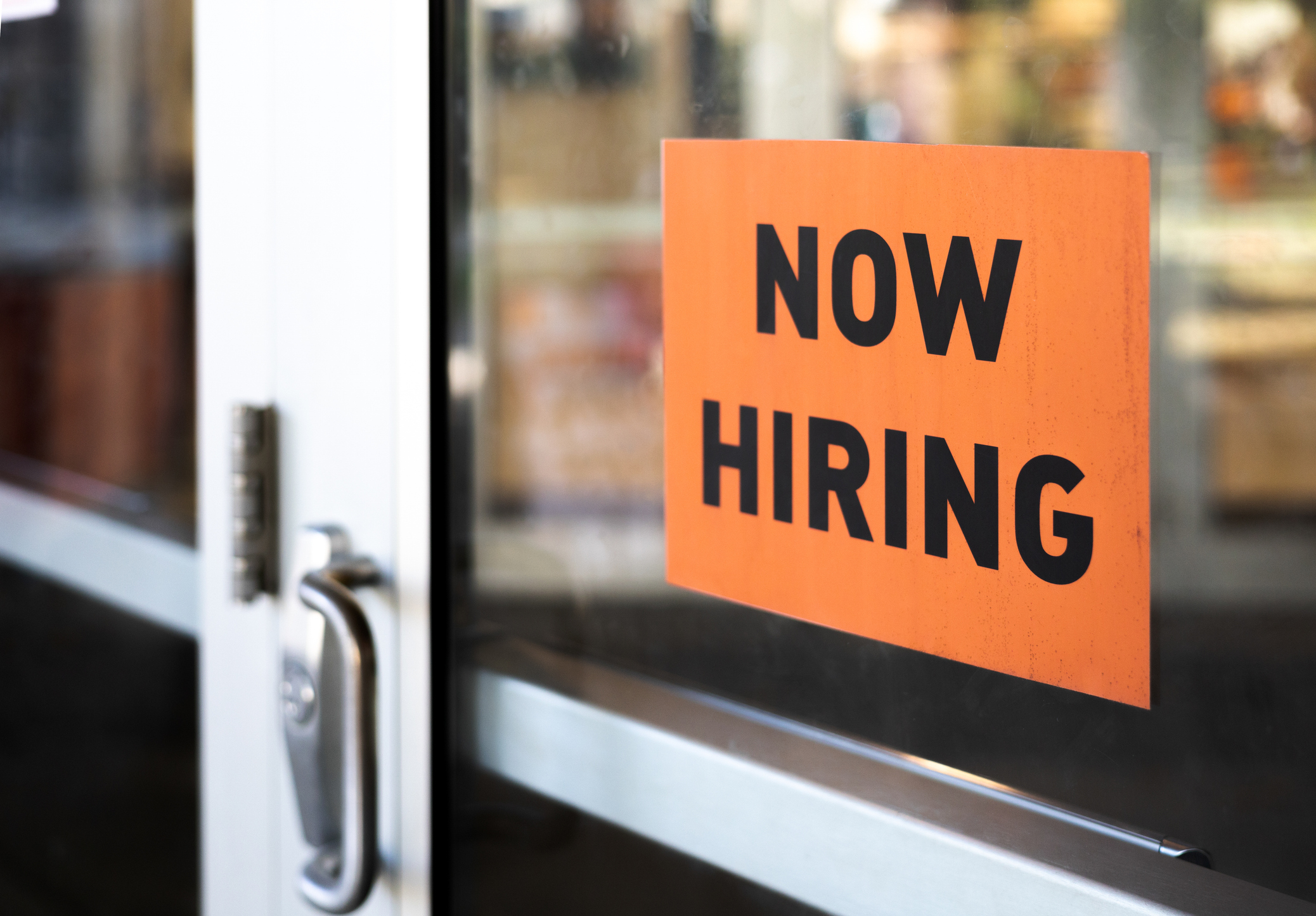ABLE Accounts Give Disabled More Financial Freedom
People with disabilities, and their families, can save for a variety of expenses in these tax-advantaged accounts.


In 2014, federal legislation paved the way for states to offer ABLE accounts—tax-advantaged plans that allow individuals with disabilities to save for ongoing expenses without threatening their eligibility for crucial government support, such as Supplemental Security Income or Social Security Disability Insurance. Previously, people with disabilities had to have less than $2,000 in total assets to maintain their eligibility for such programs, which made it difficult for them to live independently.
As is the case with 529 college-savings accounts, ABLE accounts (the acronym stands for Achieving a Better Life Experience) grow tax-free, and the earnings aren’t taxed as long as the money goes toward qualified disability expenses. The maximum annual contribution to an ABLE account rose to $16,000 on January 1. The limit, which is tied to the IRS’s gift tax exclusion, had been capped at $15,000 since 2018.
All but four states—Idaho, North Dakota, South Dakota and Wisconsin—offer ABLE programs, and if you live in a state that doesn’t offer one, you can create an account offered by another state.

Sign up for Kiplinger’s Free E-Newsletters
Profit and prosper with the best of expert advice on investing, taxes, retirement, personal finance and more - straight to your e-mail.
Profit and prosper with the best of expert advice - straight to your e-mail.
How to Qualify
Anyone with a disability who receives disability-related benefits, such as SSI or SSDI, or who can produce a certification from a doctor that states that their disability is “marked and severe,” can open an ABLE account, with one major caveat: The individual’s disability must have occurred prior to his or her 26th birthday. Congress is considering legislation that would extend the age of onset from 26 to 46. If enacted, the legislation would likely double the number of people who qualify for an ABLE account, says Mary Morris, chief executive of ABLEnow, an ABLE program offered by Virginia. “It would hit a really large group of working people with disabilities and those who we think benefit most from an ABLE account,” Morris says.
Contributions to an ABLE account can come from anyone—friends, family, even strangers—as long as they don’t total more than $16,000 in one year. And many states allow residents a state tax deduction for a portion of their contributions to their own state’s plan, Morris says. Michigan, for example, allows residents who contribute to its ABLE account to deduct up to $5,000 (or $10,000 for a married couple). Minimum contributions to ABLE accounts vary from state to state, but generally they’re low, ranging from $5 to $50.
If you have unused funds in a 529 college-savings account, you can roll over that money to an ABLE account. If you go this route, you can still use the money for college, but you can also use it for qualified ABLE account expenses.
The list of qualified expenses is broad and includes basic living expenses, health and wellness programs, housing, transportation and vehicle expenses, education and training, assistive technology, and even financial management.
People are now saving for homes and small business start-up costs—as well as disability-related expenses, such as an electric-powered wheelchair or scooter—“anything that someone wants to, as the name suggests, achieve a better life experience,” says Tom Foley, a financial planner and executive director of the National Disability Institute. Individuals can also use these accounts to build up an emergency savings fund.
Get Kiplinger Today newsletter — free
Profit and prosper with the best of Kiplinger's advice on investing, taxes, retirement, personal finance and much more. Delivered daily. Enter your email in the box and click Sign Me Up.

Emma Patch joined Kiplinger in 2020. She previously interned for Kiplinger's Retirement Report and before that, for a boutique investment firm in New York City. She served as editor-at-large and features editor for Middlebury College's student newspaper, The Campus. She specializes in travel, student debt and a number of other personal finance topics. Born in London, Emma grew up in Connecticut and now lives in Washington, D.C.
-
 Stock Market Today: Stocks Gain on Tech, Auto Tariff Talk
Stock Market Today: Stocks Gain on Tech, Auto Tariff TalkThe Trump administration said late Friday that it will temporarily halt tariffs on some Chinese tech imports.
By Karee Venema Published
-
 Sam's Club Plans Aggressive Expansion: Discover Its New Locations
Sam's Club Plans Aggressive Expansion: Discover Its New LocationsSam's Club expansion plans will open up to 15 new stores each year. Learn where they plan to open in 2025.
By Sean Jackson Published
-
 What Does Medicare Not Cover? Eight Things You Should Know
What Does Medicare Not Cover? Eight Things You Should KnowHealthy Living on a Budget Medicare Part A and Part B leave gaps in your healthcare coverage. But Medicare Advantage has problems, too.
By Donna LeValley Published
-
 2025 Family Tax Credits: Four IRS Changes That Can Save You Money
2025 Family Tax Credits: Four IRS Changes That Can Save You MoneyFamily Tax Credits Explore the new IRS-adjusted amounts for popular family tax credits.
By Gabriella Cruz-Martínez Last updated
-
 The Big CPA Shortage Problem in Accounting: What it Means for Your Tax Return
The Big CPA Shortage Problem in Accounting: What it Means for Your Tax ReturnCareer This once resilient accounting industry is cracking, as the labor force seems in dire straits. It’s also affecting the IRS.
By Gabriella Cruz-Martínez Last updated
-
 IRS: How to Get a 401(k) Match for Your Student Loan Payment
IRS: How to Get a 401(k) Match for Your Student Loan PaymentSavings Those with 401(k), 403(b), and other savings plans might get relief through their employer-provided retirement account.
By Kate Schubel Published
-
 Non-Eligible HSA Expenses: When a Doctor’s Note Isn’t Enough
Non-Eligible HSA Expenses: When a Doctor’s Note Isn’t EnoughHealth Savings It's easy to get confused about whether diet products, gym memberships, and fitness trackers are HSA-eligible items.
By Katelyn Washington Last updated
-
 Roth IRA Contribution Limits for 2025
Roth IRA Contribution Limits for 2025Roth IRAs Roth IRA contribution limits have gone up. Here's what you need to know.
By Jackie Stewart Last updated
-
 Four Tips for Renting Out Your Home on Airbnb
Four Tips for Renting Out Your Home on Airbnbreal estate Here's what you should know before listing your home on Airbnb.
By Miriam Cross Published
-
 Five Ways to a Cheap Last-Minute Vacation
Five Ways to a Cheap Last-Minute VacationTravel It is possible to pull off a cheap last-minute vacation. Here are some tips to make it happen.
By Vaishali Varu Last updated